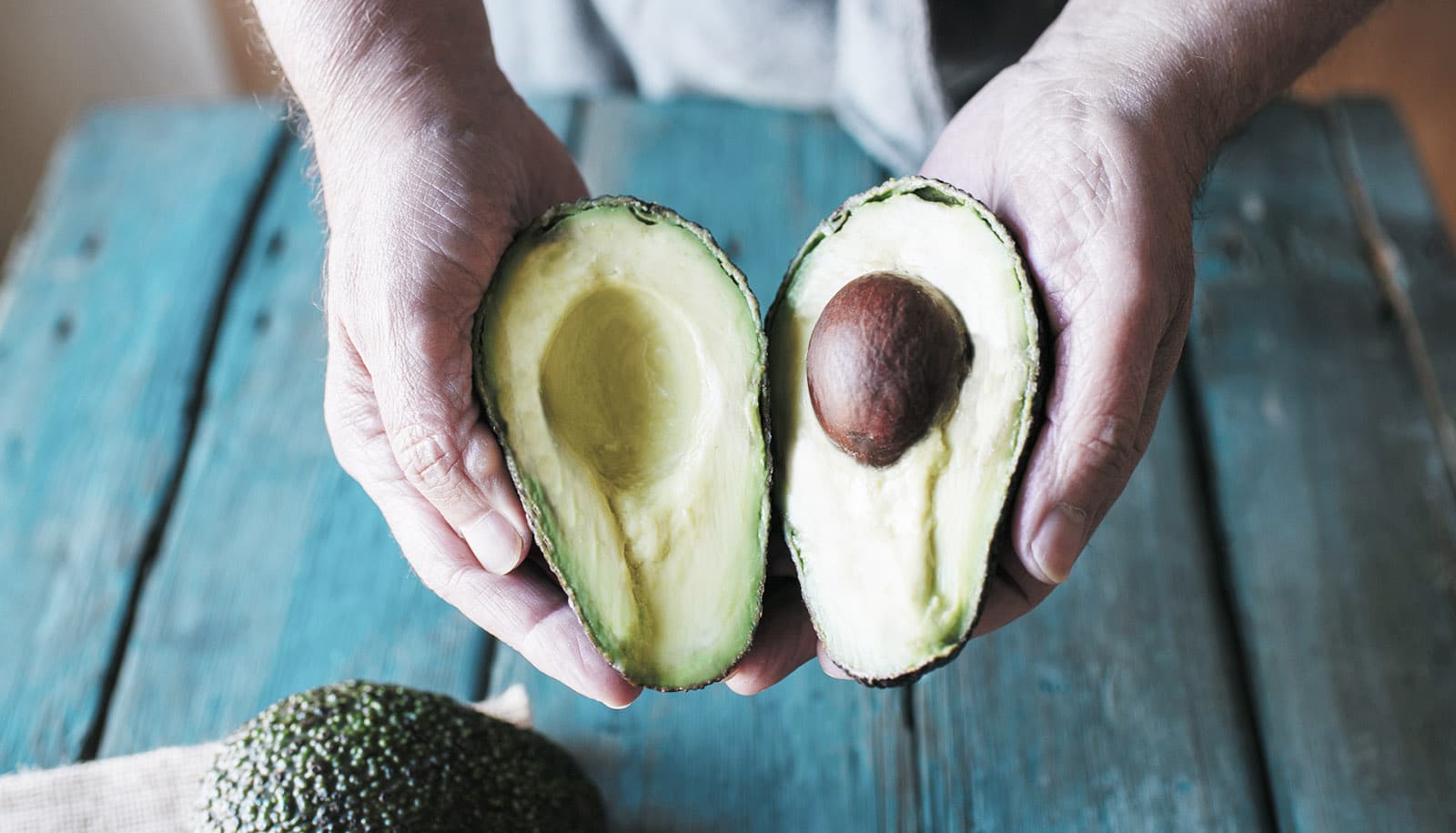New research identifies one of the first cellular connections between healthy fats known as monounsaturated fatty acids and lifespan in laboratory worms.
The finding hints at a complex relationship among diet, fats, and longevity.
“Fats are generally thought to be detrimental to health,” says Anne Brunet, professor of genetics at Stanford School of Medicine. “But some studies have shown that specific types of fats, or lipids, can be beneficial.”
The researchers learned that one of the fats in the Mediterranean diet, oleic acid, increases the number of two key cellular structures, or organelles, and protects cellular membranes from damage by a chemical reaction called oxidation. This protective effect has a big payoff: Worms fed food rich in oleic acid lived about 35% longer than those consigned to standard worm rations, the researchers found.
Surprisingly, one of the organelles, known as lipid droplets, served as a de facto crystal ball, predicting with increasing accuracy the number of days each animal would live.
“The number of lipid droplets in individual worms tells me that animal’s remaining lifespan,” says research scientist Katharina Papsdorf. “The worms with greater numbers of lipid droplets live longer than those with fewer droplets.”
Brunet is the senior author of the study in Nature Cell Biology. Papsdorf is the lead author of the research.
“For years, we’ve been very interested in learning how diet influences lifespan,” Brunet says. “It will be fascinating to see whether we see a similar association between lipid droplets and longevity in mammals and humans. These findings suggest there may be a fat-based strategy to improve human health and longevity.”
Anyone who has struggled to remember the difference between “good cholesterol” and “bad cholesterol” and how to cultivate one over the other will know that the language of fats can be confusing. In general, most monounsaturated fats, which are found in plant-based foods like avocados, olive oil, and nuts, are considered relatively healthy. Saturated fats and trans fats—those that are solid at room temperature—can increase the risk of heart disease and other health complications. Fats and oils are made up of fatty acids; lipids include fats, oils, fatty acids, and cholesterol.
Oleic acid vs. elaidic acid
Papsdorf and her colleagues used a tiny roundworm called C. elegans in their studies of longevity. The worms, which are about 1 millimeter long, normally live about 18 to 20 days. In the wild, they live in soil and feed on bacteria found on decaying plant matter. In the laboratory, they cruise in lazy arcs across the surface of specially prepared laboratory dishes peppered with bacteria. C. elegans reproduce quickly, are inexpensive and easy to keep, and their genomes and neural networks have been completely mapped, making them a good model for studying aging and disease.
“The worms allowed us to track molecular changes that occur with changes in diet, and to determine which of these changes affect lifespan,” Papsdorf says.
Papsdorf and her colleagues compared the effect of feeding the worms bacteria grown on laboratory dishes supplemented with oleic acid versus a structurally similar compound called elaidic acid. Elaidic acid is a monounsaturated trans fatty acid found in margarine and dairy products and is known to be unhealthy in humans. It is missing a kink in its molecule structure that is present in oleic acid.
“We saw that the numbers of lipid droplets in the worms’ intestinal cells increased if the worms were exposed to oleic acid, and that this correlated with an extension of lifespan,” Brunet says. “In contrast, exposure to elaidic acid didn’t increase the number of lipid droplets and had no effect on longevity.”
Membrane oxidation is very bad news for an organism. Cell membranes can begin to leak and fail, which can cause a cascade of adverse biological effects.
Lipid droplets are reservoirs in which cells store fats. They play a central role in cellular metabolism—regulating when, where, and whether the fats are used as energy for the cell. The accumulation of the droplets was critical to oleic acid’s effect; blocking genes for droplet-making proteins reduced the animals’ lifespans to normal.
In addition to tracking the numbers of lipid droplets, the researchers noted an increase in the number of peroxisomes in the intestinal tissue of worms exposed to oleic acid. Peroxisomes contain enzymes involved in metabolism and oxidation.
The numbers of lipid droplets and peroxisomes are higher in younger animals and naturally decrease with age, suggesting that they are co-regulated in some manner. They can also vary among individuals. Papsdorf found that among young worms fed a normal diet, those with greater numbers of lipid droplets lived a slightly, but statistically significant, longer duration than genetically identical animals of the same age with fewer droplets. The effect was more pronounced among older animals; middle-aged worms with more lipid droplets lived an average of 33% longer than their genetically identical peers.
“Interestingly, calorie restriction has also been associated with longevity in animals and humans,” Brunet says. “But studies have shown that, among calorie-restricted mice, it is often the fattest individuals that live the longest. This suggests fat has a dual aspect. Some aspects are very negative, but other aspects can be positive.”
Lipid oxidation
Finally, the researchers showed that oleic acid supplementation reduced a chemical reaction called lipid oxidation, which damages cellular membranes. In contrast, elaidic acid increased lipid oxidation. “Membrane oxidation is very bad news for an organism,” Brunet says. “Cell membranes can begin to leak and fail, which can cause a cascade of adverse biological effects.”
The researchers’ findings are the first to suggest that lipid droplets and peroxisomes are co-regulated through a biological pathway responsive to the presence of beneficial monounsaturated fatty acids, and that aging might be staved off by protecting cellular membranes from oxidation.
“There is still a lot of research to be done to learn whether and how these findings apply to humans,” Brunet says. “Often when one sees lipid droplets in mammalian tissue it is an indication of obesity and other health problems. But it’s possible that droplets of a certain size, or shape, or in a specific tissue have varying health impacts. We need to understand what distinguishes them in the context of disease and longevity.”
Brunet is a scientific advisor to Calico Life Sciences. Researchers from the Harvard T.H. Chan School of Public Health and the Baylor College of Medicine also contributed to the work.
Funding for the study came from the National Institutes of Health, the Howard Hughes Medical Institute, a Deutsche Forschungsgemeinschaft postdoctoral fellowship, and a Hillblom Foundation postdoctoral fellowship.
Source: Stanford University



